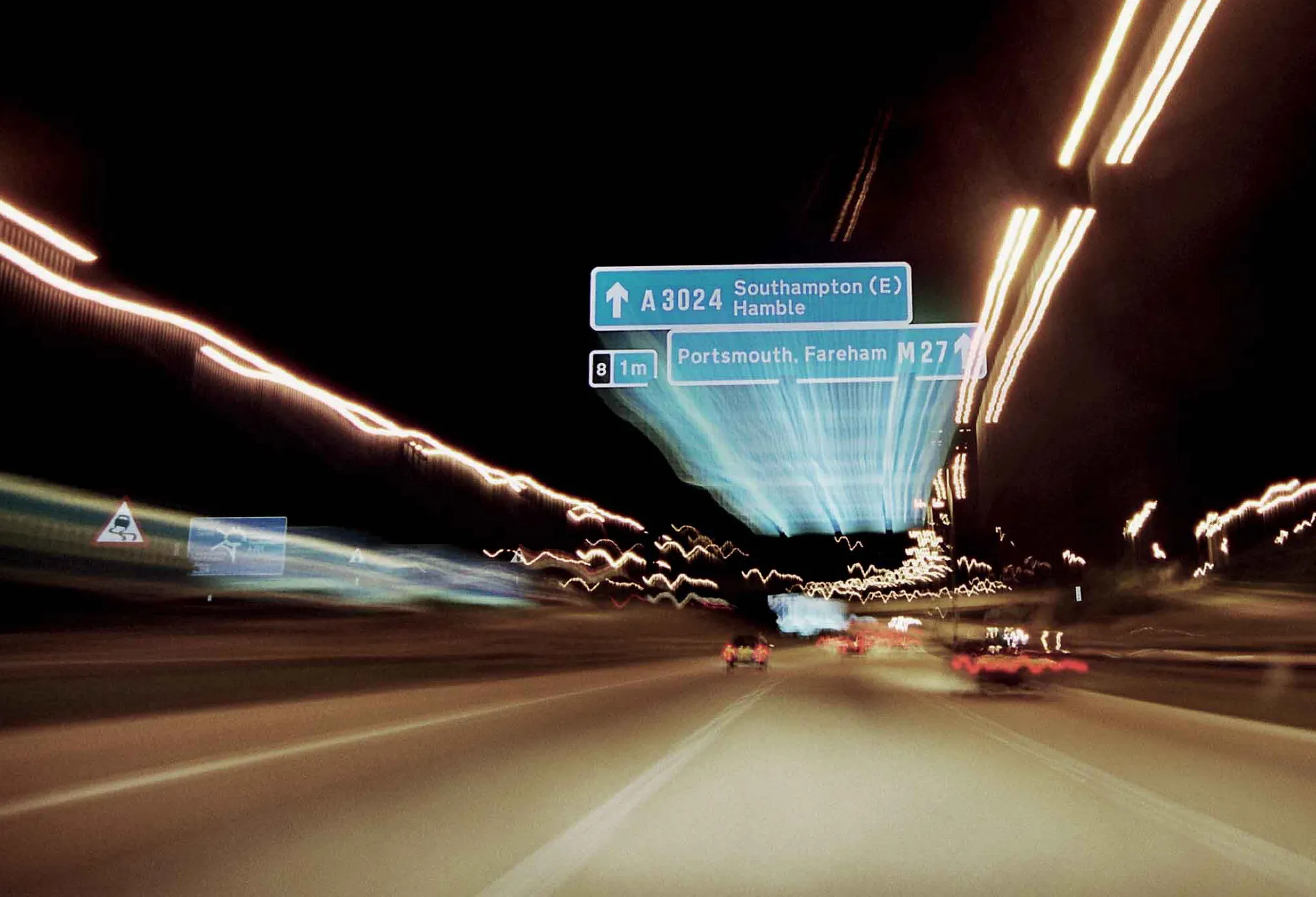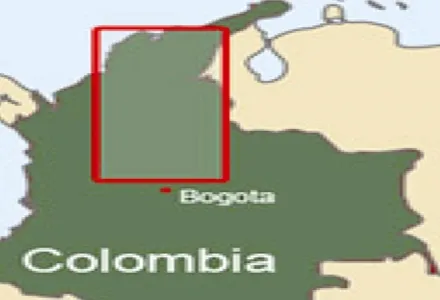The International Road Federation's Global Road Achievement Awards (GRAA) programme is a competition to honour and recognise road-industry projects that demonstrate excellence and innovation in road development worldwide.
February 23, 2012
Read time: 3 mins
RSS
The competition is open to all organisations involved in the road industry, and entries are judged by panels of expert judges drawn from2462 IRF's academic members.
Peruvian toll road concession IIRSA Norte was honoured with a 2010 Global Road Achievement Award in the Programme Management section for its Integrating Engineering and Conservation Project at a ceremony keynoted by US2410 Federal Highway Administration (FHWA) Administrator Victor Mendez in Washington DC in early 2011.
"This recognition fills us with immense pride, not only for the managers of the project IIRSA Norte, but to all Peru," said Ronny Loor Campoverde, General Manager, IIRSA Norte Concessionaire.
He added: "This award is so important to the transport industry because it is given by a relevant organisation on a worldwide basis and at the same time drives and encourages the development and maintenance of major road infrastructure in the world applying high quality standards."
Project summary IIRSA Norte Concessionaire builds, rehabilitates, improves, provides maintenance and operates through concessions on the 955km of road that unites the sea port of Paita to the river port of Yurimaguas. The road passes through the regions of Piura, Lambayeque, Cajamarca, Amazonas, San Martin and Loreto, and provides the possibility of river connection of northern Peru with brazil.
A joint venture of road infrastructure companies1305 Odebrecht and 3126 Graña y Montero, the concession highway provided a significant boost to the development and modernisation of the communication routes in the country and as part of the South American regional road infrastructure integration promoted by regional governments and multi-lateral development organisations to, in turn, promote political, social and economic integration.
In fact, the Spanish acronym IIRSA stands for integration of South American regional infrastructure.
On 17 June, 2005, the work contract and maintenance concession of the multimodal axis of the North Amazon road sections of the 'Plan of Action for Integration South America - IIRSA' was subscribed.
The strategic function of this project was to improve logistical access to the Huallaga and Marañón Rivers and its ports; to consolidate the integration of Coast Mountain Forest of the north region of Peru and its regional complementarity with the state of Amazonia in brazil.
The work on sector 1 spanning 127km was completed in March, 2009. In engineering terms, it was one of the most complex sections of the concession, especially because sectors 2 and 4 (between kilometres 10 and 23, and between kilometres 33 and 37, respectively) presented quite unfavourable geological and topographical conditions.
Sector 1 presented strong external geodynamics, with rock falls and rockslides, planar landslides and erosion.
These sectors are located in a protected mountain range called Cordillera Escalera, which contain a representative sample of the tropical forests of the north zone of Peru, a region of extraordinary biodiversity.
The Cordillera was the first regional conservation area (RCA) established under Peruvian law by the National Institute of Natural Resources of Peru (INREN) in the San Martín region of Peru.
Consequently, this entire area is the focal point of significant environmental group concerns and activity.
This conservation project is expected to preserve a significant sample of cloudy forests in tropical mountains as well as ensure the high level of biological diversity well into the future.
The project also ensures the maintenance of existing environmental services such as the water supply for the local inhabitants and scenic beauty for both locals and tourists.
The International Road Federation's Global Road Achievement Awards (GRAA) programme is a competition to honour and recognise road-industry projects that demonstrate excellence and innovation in road development worldwide.
The programme, which is designed to elicit information on successful projects and programmes from leading industry organisations, draws attention to these leading projects and organisations, providing a road map for others to follow in continuously improving and advancing road development worldwide.The competition is open to all organisations involved in the road industry, and entries are judged by panels of expert judges drawn from
Peruvian toll road concession IIRSA Norte was honoured with a 2010 Global Road Achievement Award in the Programme Management section for its Integrating Engineering and Conservation Project at a ceremony keynoted by US
"This recognition fills us with immense pride, not only for the managers of the project IIRSA Norte, but to all Peru," said Ronny Loor Campoverde, General Manager, IIRSA Norte Concessionaire.
He added: "This award is so important to the transport industry because it is given by a relevant organisation on a worldwide basis and at the same time drives and encourages the development and maintenance of major road infrastructure in the world applying high quality standards."
Project summary IIRSA Norte Concessionaire builds, rehabilitates, improves, provides maintenance and operates through concessions on the 955km of road that unites the sea port of Paita to the river port of Yurimaguas. The road passes through the regions of Piura, Lambayeque, Cajamarca, Amazonas, San Martin and Loreto, and provides the possibility of river connection of northern Peru with brazil.
A joint venture of road infrastructure companies
In fact, the Spanish acronym IIRSA stands for integration of South American regional infrastructure.
On 17 June, 2005, the work contract and maintenance concession of the multimodal axis of the North Amazon road sections of the 'Plan of Action for Integration South America - IIRSA' was subscribed.
The strategic function of this project was to improve logistical access to the Huallaga and Marañón Rivers and its ports; to consolidate the integration of Coast Mountain Forest of the north region of Peru and its regional complementarity with the state of Amazonia in brazil.
The work on sector 1 spanning 127km was completed in March, 2009. In engineering terms, it was one of the most complex sections of the concession, especially because sectors 2 and 4 (between kilometres 10 and 23, and between kilometres 33 and 37, respectively) presented quite unfavourable geological and topographical conditions.
Sector 1 presented strong external geodynamics, with rock falls and rockslides, planar landslides and erosion.
These sectors are located in a protected mountain range called Cordillera Escalera, which contain a representative sample of the tropical forests of the north zone of Peru, a region of extraordinary biodiversity.
The Cordillera was the first regional conservation area (RCA) established under Peruvian law by the National Institute of Natural Resources of Peru (INREN) in the San Martín region of Peru.
Consequently, this entire area is the focal point of significant environmental group concerns and activity.
This conservation project is expected to preserve a significant sample of cloudy forests in tropical mountains as well as ensure the high level of biological diversity well into the future.
The project also ensures the maintenance of existing environmental services such as the water supply for the local inhabitants and scenic beauty for both locals and tourists.







